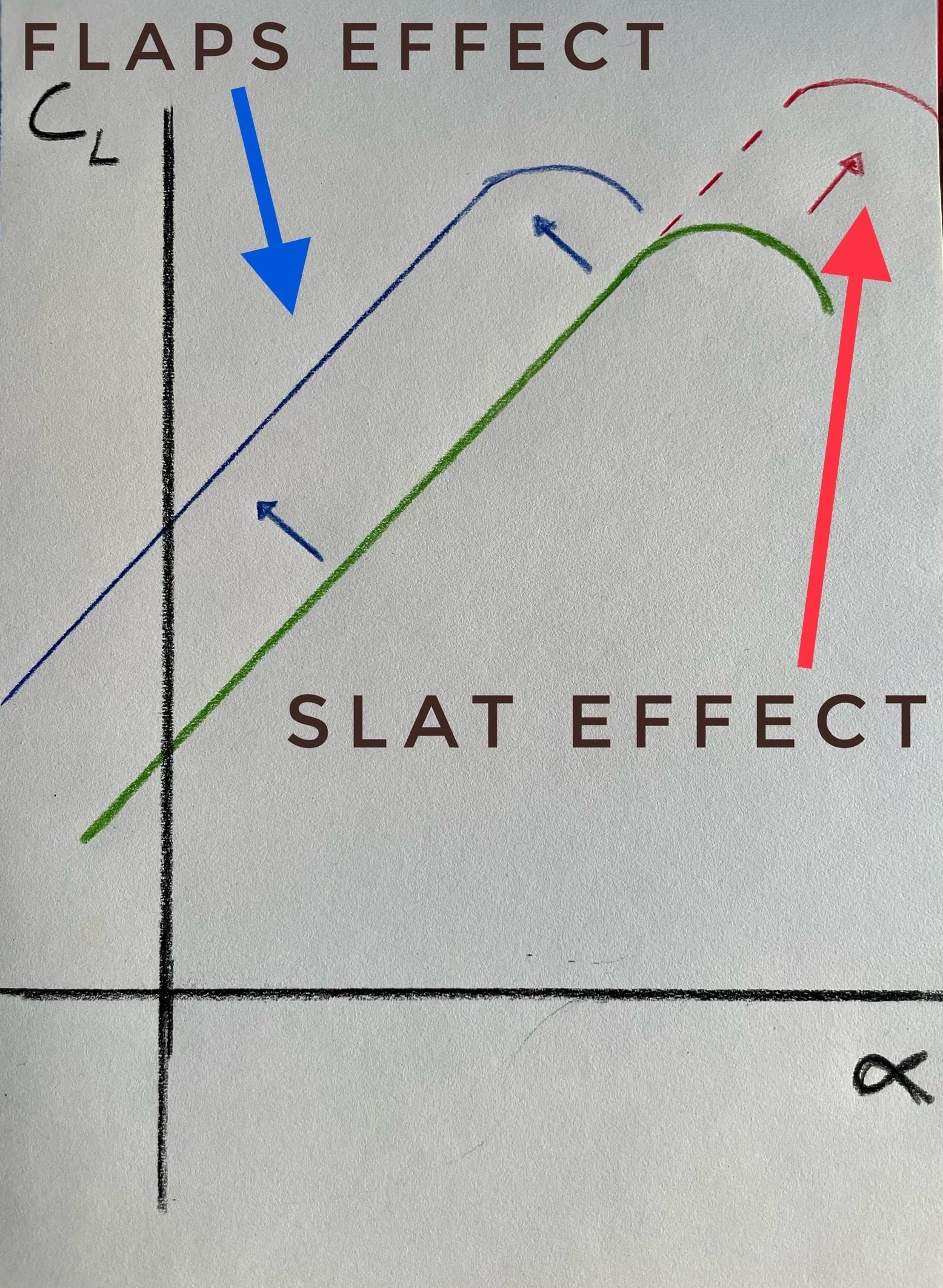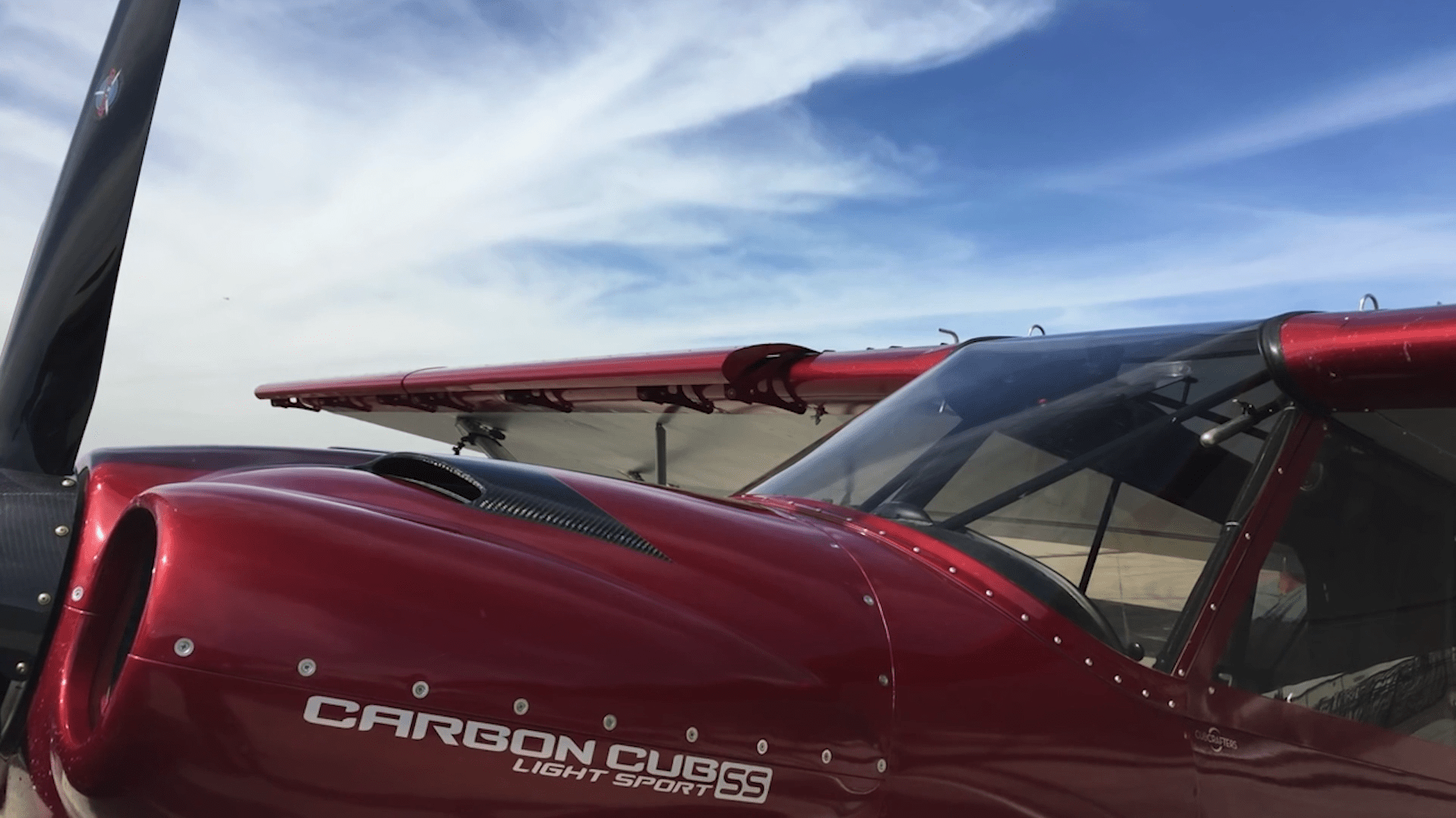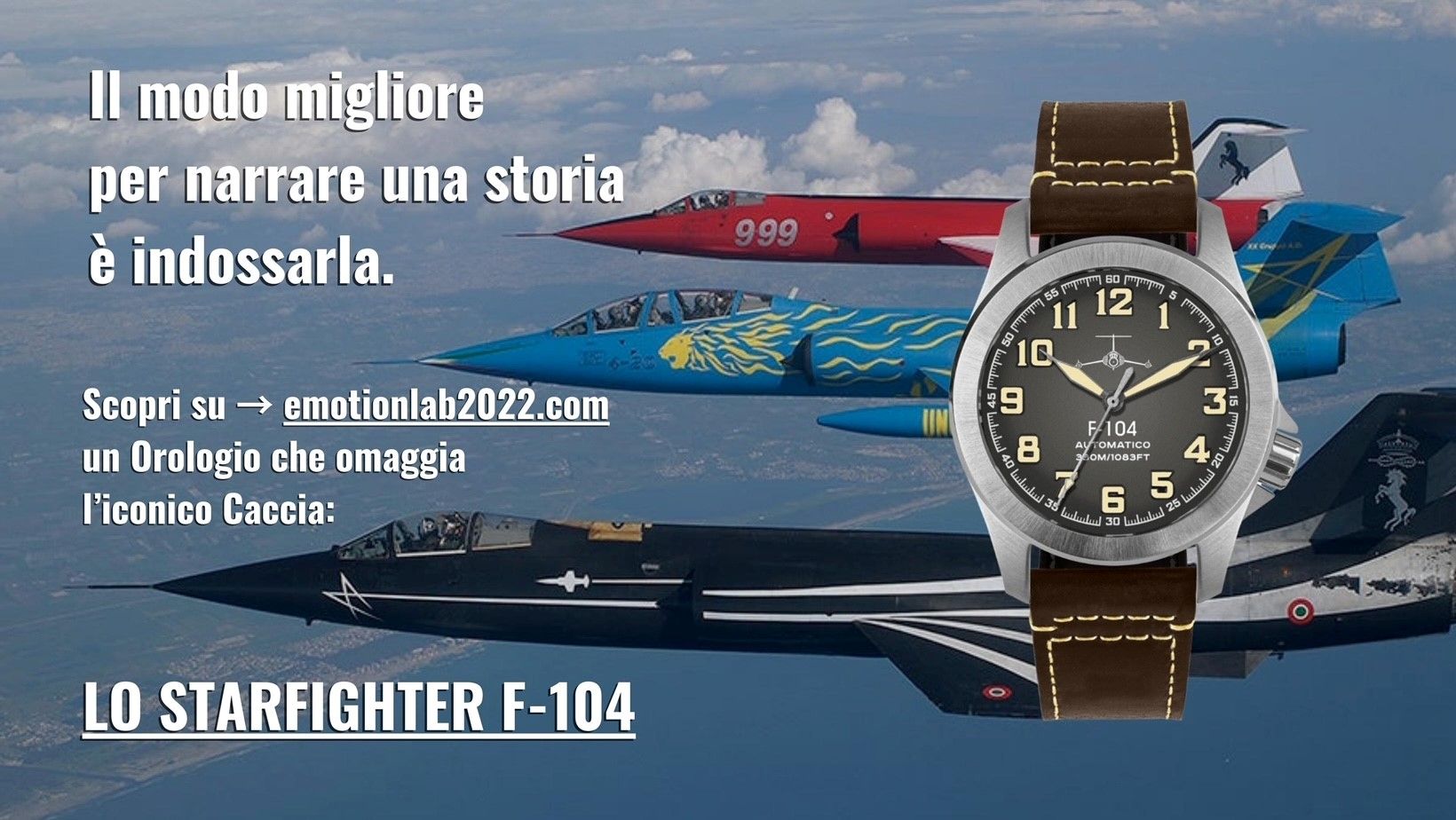Ok, yes, I admit it. I’m a little bit of a fashion victim. Not that I tend to spend too much on clothing or other stuff, but if the media insist so much in telling me that a car, a cell phone or just maybe something to eat or drink is good, I tend to check it out, at least. If you tell me that bottle of wine is a good one, well, not being such a great wine taster, I’d probably buy a case of that, without knowing if it’s really good or not. I’d pretend that it’s good, obviously, everyone is saying that. Moreover, I like wine, anyway.
The more in depth you go into a subject, and the more in depth you are able to discern fashion from actual quality, even if everyone is still supporting what the mass says.
If you look at the data, you might come up with your own, objective assessment.
Well, it’s more or less what happened, in my own personal assessment, when I tried to come up on opinions on STOL airplanes and what people thinks it’s good or bad to have installed on them.
Short TakeOff and Landing
That is what you want to achieve when you practice STOL: take off short and land short.
As I always say, you may attempt any mission with any plane that you can fly, but it’s obvious that a STOL aircraft will need some additional characteristic If compared with any other general aviation planes.
I have to say that I don’t care much about the takeoffs; airplanes might have STOL characteristics that help out attaining short takeoffs, but there’s one characteristic that makes up for everything, talking short takeoffs: your Thurst To Weight Ratio. Big engines on light planes, make short takeoffs, that’s (mainly) it.
It’ definitely not the same for short landings. Short landings need low approach speed, and that’s not so immediate to achieve.
There’s a huge and very deep engineering history on how to get a higher lift from a wing. Definitely, as we can arrange any kind of extra lift devices on fuselages, tails and so on, the big player on this side is the wing.
In particular on small planes like ours, camber is everything and we can change the camber of our wing with basically 2 types of extra lift devices: stuff that is installed on the trailing edge (normally know as flaps), and stuff that does its job on the leading edge (generally Slats or Vortex generators).
Those are two ways of producing extra-lift that most of the aviation influencers, the media and the aviation fashion victims tend to think they will get you the same effect, but that actually are affected by huge differences in the way they work. And that is so underestimated.
CL vs Alfa

The one above, should be pretty familiar to all of you. The green line, in particular, represents the dependence of Cl, the coefficient of lift (so the quantity of lift itself, to cut it short), from the angle of attack, commonly defined as Alfa.
Depending on the wing geometry, the LIFT varies more or less linearly with the increase of angle of attack, to fall down more or less suddenly at the angle of attack at which STALL happens. The air cannot keep on circulating on the wing, so for different reasons it detaches itself from the profile and STALL happens. At any given alfa there’s a corresponding airspeed, remember. To fly slow, at 1 g, you will need to increase alfa to get that Cl that keeps you airborne and get more or less close to the STALL angle of attack.
Now, to land a plane, for sure we need to slow it down, and changing the profile with Flap and/or Slats is the common way we use to do it safely. This will change the camber of our wing and give us simply a new profile, that flies slower. At the same angle of attack of the clean wing, now a there is a different relation with a slower speed.
What is shown with the blue line in the graph above is the way TRAILING EDGE flaps generally work to increase lift, when extended. There are many types of trailing edge flaps, and they do that Lift curve shift in slightly different way from each other, but the point is that they increase the total lift, by cambering the wing thus augmenting CL, and in general, killing a bit the maximum alfa I can get. So if your clean wing stalls generally at around 12 degrees alfa, let’s say that a flapped wing will take your stall alfa to 9 degrees.
Flaps, change the type of relation between alfa and CL, giving you a much higher CL al lower alfa. That means that you can fly slower at the same alfa at which you were able to cruise, for example.
The correspondent speed at that specific alfa, has now changed!
Slats, just fashion??
Before I get killed by some Slat fanatic I go straight to the point: slats work! It’s the way they work in producing lift that sometimes is not well understood and figuring out what mission slats fit-in better is the critical thing, here.
The red line, instead, shows what slats do to your lift. A quick way to remind this thing is to add an actual slat in front of the Cl vs Alpha graph! Yes, doesn’t that red line resemble an actual slat??
Anyway, let’s get over my technical imagination and let’s hit the point.
As you see from the graph, slats do help in giving you more Cl, so more lift, but in a way that doesn’t necessarily always helps. They give you a higher stall angle of attack. So, as we said for flaps, what really changes your minimum speed is that now, with your slats extended, you are exploring a region of your alfa that was not possible before. Your clean wing stall of 12 degrees, is now pushed way higher that before, and slats are so efficient in doing it, that you might easy find yourself flying close to 20-22 degrees of alfa.
The capability of extending that Cl vs Alfa curve puts you into a region of speed that was not possible before. As alfa progresses, your “flyable” speeds go down.
So, what slats really do is dealing with higher angles of attack and below there’s a pretty nice example:
Yes, this is definitely not a STOL plane, but the automatic slats deflection in function of alfa that a F16 Flight Control System operates is very useful to understand how leading-edge devices work with the airflow. If you go back to the clip, you’ll notice that after a high-speed pass, the full back stick pull to the vertical will not deflect the slats so much. It’s high speed, the alfa you get there, is low enough not to stall the wing. Where you need lift, instead, is on top of the loop and an abrupt pull will put your wing way beyond stall; so, the Flight Control System will immediately deploy slats.
On our light planes, leading edge devices work the same way. We don’t have so many Gs (but if you go back to the Savage Norden article, you will find out that with slats extended the turn rate gets higher, in a steep turn), but the concept is always the same: more slats, more alfa. More alfa, lower minimum speeds.
As backcountry, STOL, and mountain pilots we have always the same initial request to the aircraft designer: “please, give me a lower stall speed”. A lower stall speed means lower approach speed and better chances to stay in that short field I’m trying to land on.
Is that all we need? I mean, we discussed performance, till now. Is performance all we need to bring with us on our Sunday trip into the wild?
Hell no! The point is and always will be “How easy is to get into that short strip?”
I found this clip on the internet end I thought it was quite eye opening. On this Carbon Cub there’s quite an “unbalance” on how extra lift is produced. Instead of making trailing edge flaps produce it, the modifications go into make the leading-edge work towards our objective of landing short.
What I mean is: “does this landing look totally right to you”?
When you make and approach at high angle of attack there are a lot of things that might become a bit stretched out:
1. Visibility:
First of all, while getting more lift from your flaps generally puts you in a much better situation from the point of view of the available front visibility, lowering your landing speed by using leading edge devices will give us lower speed only at high angle of attack, which means also high pitch angles. It’s not rocket science to understand that those high angle of attack/pitch approaches limit your front visibility a lot.
Approaching an unknown and, most probably, uneven surface without checking out till the last moment your touch down point? Well, not with me on board, please!
2. Gust Response and controls authority:
gust response is something that we underestimate a lot on our light planes. The combination of control sensitivity (so, for example, how much roll rate you can achieve for a small input of lateral stick ), the very low wing load, and some of the mechanical characteristics of the fight controls, may lead us to react late and inefficiently to lateral and vertical gusts, wind shifts and shears at low altitudes. Wind direction changes are normal when you land in places with rows of trees, bushes or slopes that change continuously.
Flying your entire approach or even only the final at the limit of your critical angle of attack (you’ve chosen to lower your minimum speed with slats, not with flaps, so you are forced to that to maximize your performance) will enhance all the gust response weaknesses of your light plane. A touch of change in vertical or lateral components of your relative wind will get your ailerons efficiency in trouble, maybe your vertical tail and your wing tips as well.
I’m not even thinking of an asymmetrical stall (with the well-known consequences) but even a sudden lift drop on one wing will surprise you badly.
3. Engine mass management:
Nose high, the engine mass over your head that starts moving in one direction, is also a component of dynamic you don’t want to deal with.
A motor over your CG during approach in an instable mass, instead that having it pointing to the ground like in any front side approach; in this case is like a stable pendulum.
4. “Automatic “ slats:
ok, I have to say that I don’t like this solution. It looks cool, low impact on pilot workload ( whaaaat? Acting on a switch is considered pilot workload??), but that can put you in real trouble. Asymmetric retraction of slats along the wing, will make one of your wings go back to the cruise configuration, but it will do that while you’re flying an extreme angle of attack that your cruise wing cannot cope with! If you choose slats, they need to be always symmetric and, possibly, pilot actuated!
Now, this is really something. I definitely would not recommend that kind of landing on a slopy surface. No idea of what you have in front of you, an high sink rate ( that type of landing is actually all on the shoulders of a good landing gear, certainly not on pilot ability) that on Alpine terrain, for example, can open up holes on fragile terrain, wild boar holes or hidden stones that with a softer landing would be absolutely transparent to the pilot.
The balance
At the end, it is always a matter of balance. Airplanes, especially light ones, flown not necessarily by super skilled pilots, have to be balanced. And the balance between leading edge devices and flaps is no exception.
Installing boundary layer Vortex generators, for example, is a very good compromise. They extend the angle of attack of your wing in the same exact manner the slats do, but in a less extreme way. The transition from the normal flying attitude to the one at which VGs start working is definitely smoother than the one slats require; plus the offset they present from the effect of the flaps is not so overwhelming. Slats tend to cover and strongly offset the effect of standard flaps, while VGs, tend to leave them the hard job of enhancing your Coefficient of Lift but giving you safer alfa margin to work with.
Slats are anyway not all that bad, but they have to be used on aircraft that have already a good and efficient flaps system. Slats are good for STOL competition, in which you fly aligned with the wind and you have to literally drop your airplane on a line.
Having slats is always good as a margin of safety on your stall AoA, but flaps should be the one doing 80% of the job in making extra lift.
I wouldn’t buy a “slat-based “ STOL plane for mountain flying, as the windy, slopy, and the rough environment that kind of flight develops in, would better gets advantaged on well-developed trailing edge flaps.
So, beware of fashions and rumors when you choose an airplane for a mission. Choose wisely basing your decision only on one element: How easy that plane makes your life, in your selected mission.
Jack!

